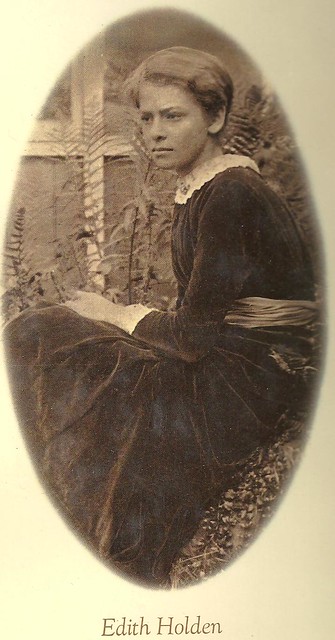 |
| flickr.com |
Being reminded however, of the expression concerning the month of March and it's propensity to begin with the temper of winter and end with the foretaste of spring, also reminds me of a well-loved book: The Country Diary of an Edwardian Lady.
Composed by Edith Holden in the year 1906, it is a beautiful example of watercolor artistry and observation of the natural world. Entitled by Holden as "Nature Notes," she produced the work as an example for young girls who were her art students at the school at Solihull in England, where she taught for three years (1906-1909). The work spans the entirety of the year in the form of a nature diary, in which Holden explores each month, and often each day, through it's progress through the seasons. The talented painter illustrated her volume with birds, flowers, plants, insects-- all incorporating the minute realism of the naturalist combined with the romance of the artist and the intriguing notes of the folklorist, including details about local beliefs and sayings concerning various dates, weather patterns, and seasons.

The author/artist was married two years after she ceased to teach at Solihull. Her career as an artist, as well as her personal life however, were both cut short by her early death nine years later. Edith Holden drowned in the Thames, while collecting flowers and plants along the banks... we are left with a wistful image akin to Ophelia, and a beautiful example of the period in both art and science, not published until 1977.
If I am yearning for a country walk in England about a hundred years too late, this is the book I open. In that sense not unlike Monet's haystack series, reading this book is like living in one place, observing the changing weather pattern and seasons, giving the reader and viewer a window in on the wealth of variety to be observed with very little change of location at all.

 |
| bedsidetablebooks.wordpress.com |

I love this book. I need to buy my own copy. My Nanaw was responsible for introducing me to her work, and I never got around to buying my own copy.
ReplyDeleteIt was my grandpa who first introduced the book to me!! :) He gave me a copy in my teens, and we also found a video version, semi-documentary style, at the library which we watched together.
ReplyDelete